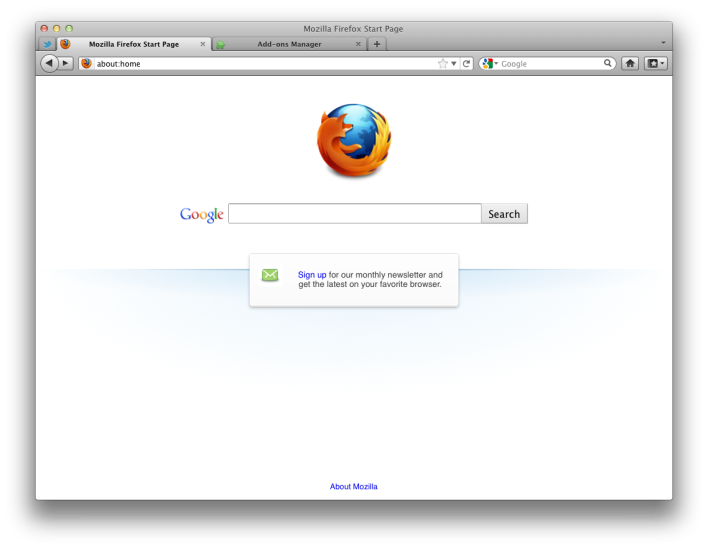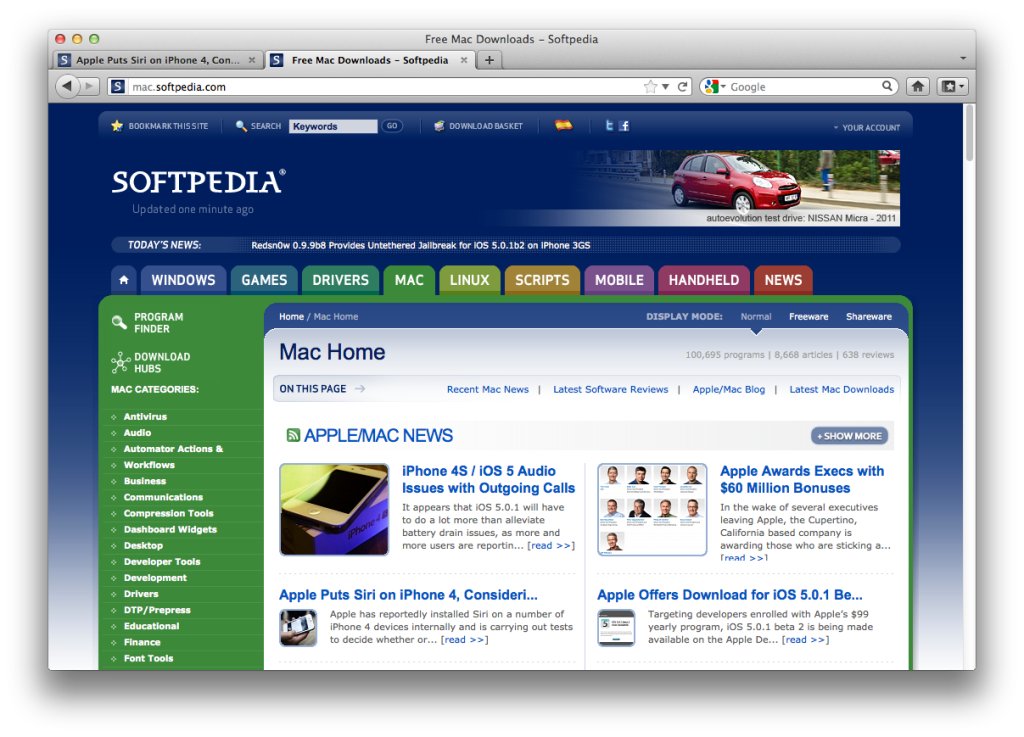This article explains how to download and install Firefox on a Mac.
Firefox version 78 is the last supported Firefox version for Mac users of OS X 10.9 Mavericks, OS X 10.10 Yosemite and OS X 10.11 El Capitan. These users will be moved to the Firefox Extended Support Release (ESR) channel by an application update. This will provide security updates until the next ESR update in July 2021, after which the affected users will no longer receive security updates. Download the latest version of Firefox for Mac. A multi-platform web browser with open source code. Mozilla continues to work on further improvements for its.
- If you are updating from a previous version of Firefox, see Update Firefox to the latest release.
I am trying to config proxy settings for the WebDriver so I have used the following code. FirefoxProfile profile = new FirefoxProfile; profile.setPreference('network.proxy.type', 1); profile. Get Firefox, a free web browser backed by Mozilla, a non-profit dedicated to internet health and privacy. Available now on Windows, Mac, Linux, Android and iOS.
- Visit the Firefox download page in any browser (for example, Safari). It will automatically detect the platform and language on your computer and recommend the best version of Firefox for you.
- Click .
- Note: If you want to have a choice of the language for your Firefox installation, click the Download options and other languages link instead.
- Once the download has completed, the file (Firefox.dmg) may open by itself and pop open a Finder window containing the Firefox application. Drag the Firefox icon on top of the Applications folder in order to copy it there.
- Note: If you do not see this window, open the Firefox.dmg file that you downloaded.
- After dragging Firefox to the Applications folder, hold down the control key while clicking in the window and select Eject 'Firefox' from the menu.

Tip: You can add Firefox to your dock for easy access. Just open your Applications folder and drag Firefox to the dock.

Firefox is now ready for use. Just click on its icon in the dock or Applications folder to start it.
When you first start up Firefox, you will be warned that you downloaded Firefox from the Internet. Because you download Firefox from the official site, click .
Upon installation, Firefox will not be your default browser, which you'll be notified about. That means that when you open a link in your mail application, an Internet shortcut, or HTML document, it will not open in Firefox. If you want Firefox to do those things, click . If you're just trying out Firefox or simply do not wish to set Firefox as your default browser, click .
On August 2, 2016, Firefox 48.0 was released. It is scheduled to be replaced by Firefox 49.0 on September 13, 2016. At that point, Mac users using OS X 10.6 Snow Leopard, 10.7 Lion, and 10.8 Mountain Lion will be left behind by the current versions of Firefox. It will be a sad day, as Firefox is the last major browser to support Mac OS X 10.6 through 10.8.
But it’s not all bad news. Firefox has given us Mac support longer than Google’s Chrome browser, which left us behind in April 2016. And in comparison to Apple’s Safari browser, Chrome and Firefox have been downright generous. Safari 5.1.10 was the last version for OS X 10.6, and that arrived on September 12, 2013. Safari 6.1.6, the final revision for OS X 10.7, was unleashed on August 13, 2014, and 6.2.8, the last version for OS X 10.8, a year later on August 13, 2015.
Chrome gave Snow Leopard users 2-1/2 years more support than Apple did, Lion users 20 months more, and Mountain Lion 8 months. When Firefox 49.0 arrives, Snow Leopard users will have had 3 years more support by Firefox than Safari gave them. Lion users, 25 months, and Mountain Lion holdouts, 13 months.
Outdated Does Not Mean Obsolete

Fear mongers will insist on running the latest version of browser on a fully up-to-date operating system with the belief that anything else puts you at risk. The truth is, there are unknown risks in the latest software. You can never be 100% secure.
However, you can be very productive with older operating systems, applications, and browsers. Just because some new piece of software requires a newer OS version is no reason to upgrade – unless it gives you a feature you really need to have. I have been happily working with OS X 10.6 on my 2007 Mac mini for years. I use Safari, Chrome, and Firefox daily on it, and only one of them is current – and not for much longer.
Then again, OS X Snow Leopard itself is far from current, yet it allows me to run lots of software and be very productive. I don’t find it limiting at all to use outdated software with an outdated operating system on a discontinued computer that will never run OS X 10.8 or newer. It’s good enough for what I need it to do.

Honestly, that’s the whole point of Low End Mac. You can be productive even if you can’t run the latest Mac OS and browser. After all, there was a time when they had nothing newer to use, and they were productive then.
The Real World
Security experts will count out hundreds or thousands of security issues with whatever you’re doing on your computer, and none of it matters until someone targets that issue in a way that reaches your machine. That’s the real world. Theoretical security problems are not real until they become exploits, and even then the problem might never reach your system if you’re not downloading apps from unreliable sources.
Further Reading
- Mozilla Will Retire Firefox Support for OS X 10.6, 10.7, and 10.8 in August 2016, VentureBeat, 2016.04.29
- Google Chrome Leaving OS X 10.6 through 10.8 Behind in April, Low End Mac, 2016.03.05
- Apple Signals End to OS X Snow Leopard Support, Computerworld, 2013.12.07
Keywords: #firefox #osxsnowleopard #osxlion #osxmountainlion
Firefox For Mac Os X Yosemite
Short link: http://goo.gl/bhnbpU
